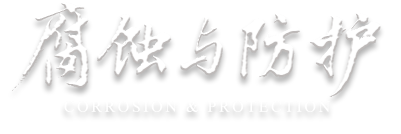Abstract:
Aiming at the corrosion problem of casing in Jiaoye 4HF well, a three-dimensional model of “casing-cement sheath-formation” was established. Through thermal stress coupling analysis, the influence of three corrosion defect shapes on the stress and residual strength of casing after corrosion was studied. The results indicate that temperature had a significant impact on the deformation of the casing, while the impact of pressure difference was relatively small. The area variation of groove shaped, spherical, and semi cylindrical corrosion areas could lead to stress concentration in the corrosion areas, which was the main factor causing casing corrosion failure. When the corrosion width of the groove type corrosion pit was 5 mm, the equivalent stress of the casing was the highest. When the corrosion length of the semi cylindrical corrosion pit was greater than 20 mm, or when the depth ratio of the corrosion depression of the spherical corrosion pit was greater than 70%, the casing reached the yield strength limit. The influence of three different corrosion shapes on the stress and residual strength of the casing was not the same.

 下载:
下载: